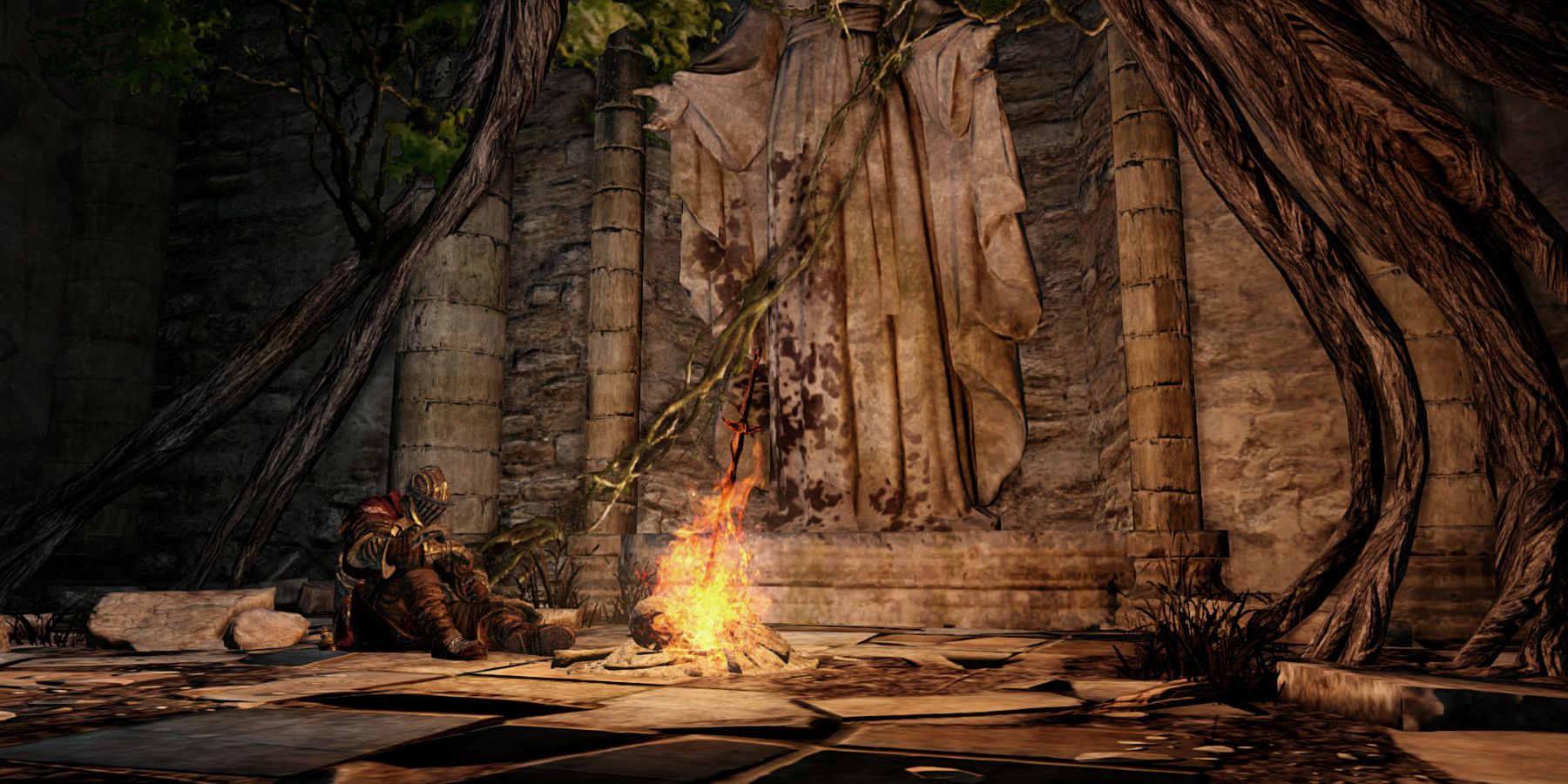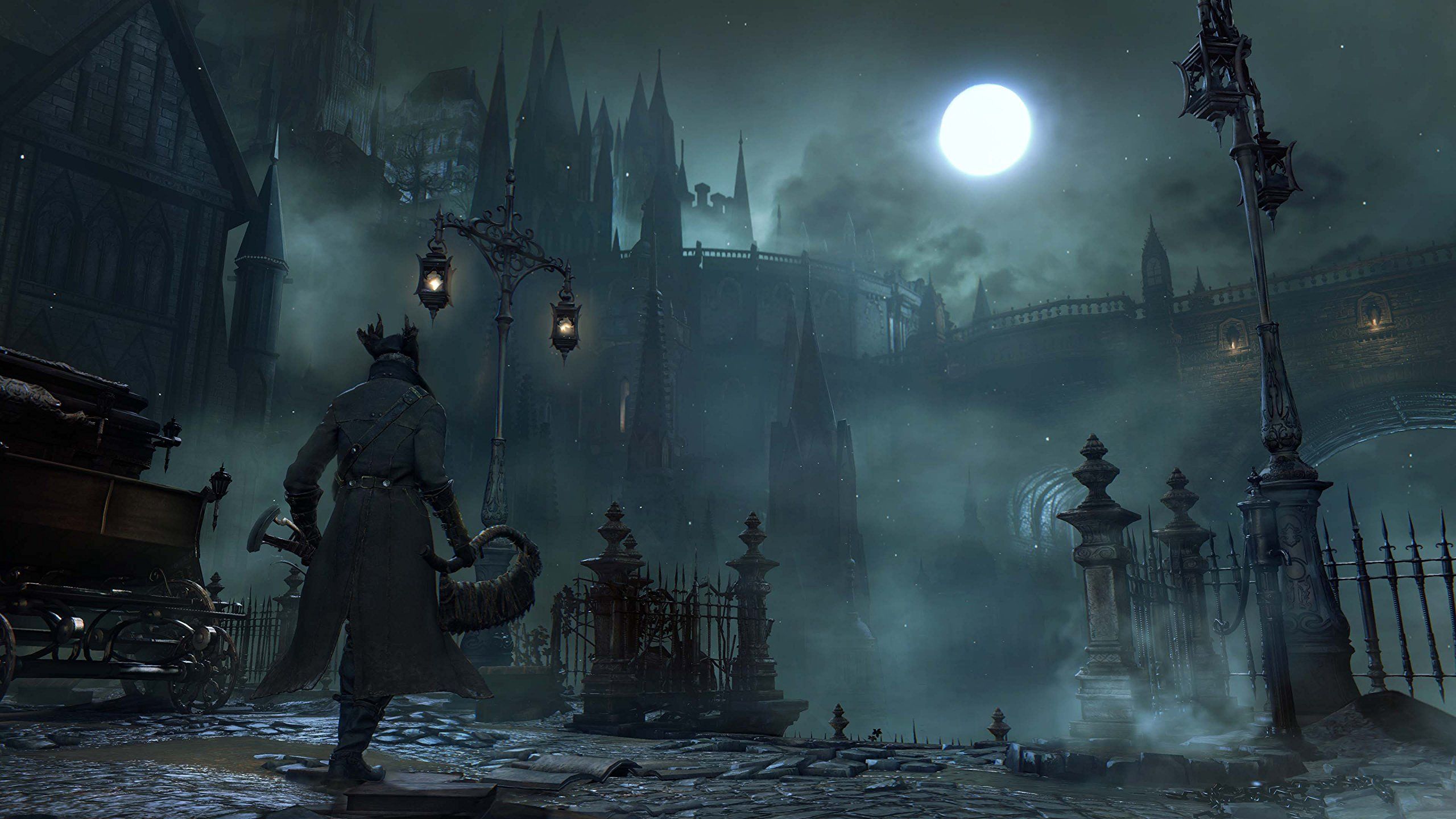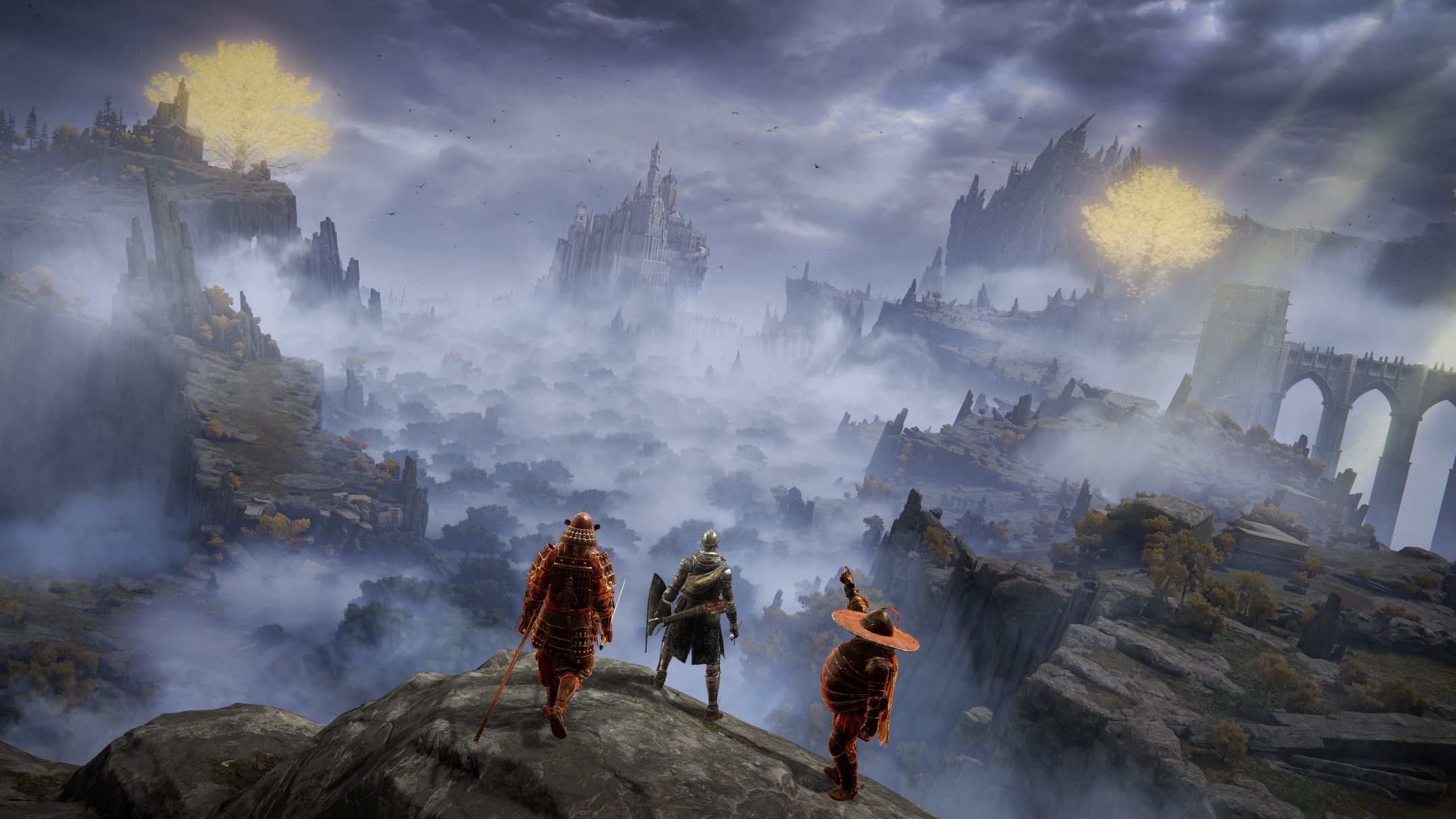FromSoftware is known for many design patterns in most of its games, including grueling difficulty, lack of hand-holding or navigation guidance, and spectacular boss fights. Between Demon’s Souls, Bloodborne, and Sekiro: Shadows Die Twice, these features are an instrumental part of what gives FromSoftware games their essential genes. But arguably one of FromSoftware’s most seminal features is its level design, from how environments are artistically crafted to how they behave like an explorable labyrinth.
FromSoftware’s level design typically keeps players locked to small regions, stopped from progressing onto the next by a boss fight. However, FromSoftware’s most recent title, Elden Ring, made a profound impact on this formula by implementing an open-world level design. It is unknown if FromSoftware’s next game will have an open world and keep all the mechanics it designed for it, or return to its roots with a tighter, linear level design. A case can be made for both design philosophies.
FromSoftware’s Linear Games are More Intimate and Concise
Linear level design in FromSoftware games is appreciated for how much intrigue each area has. Maneuvering through a particular region is nerve-wracking on a first playthrough when players have no knowledge of what waits beyond a corner to ambush them.
Having large regions to explore that are blocked off by bosses is also an important part of this level design, because it ensures that players level up and discover the necessary resources to succeed. The difficulty here is that if players are stuck on a particular boss, they may only have one or two other paths they can pursue.
Eventually, players will have to encounter that boss again and best them to proceed to a new area. In terms of the narrative that is subtextually and environmentally peppered throughout FromSoftware games, a linear level design can make direct and environmental storytelling easier.
NPCs are met in certain key areas and returned to when questlines can be continued, such as when an item is found or if another event has been triggered in the game. Linear level designs make each environment exciting with their own quests, enemies, and locations to explore, and it makes sense why some fans would want FromSoftware’s next game to return to that concise manner of design.
Elden Ring’s Open-World Nonlinearity is More Forgiving
Linearity can be a boon if locales and biomes are dense, while providing an experience and scale that is not overwhelming or unintuitive to traverse. But Elden Ring manages to maintain FromSoftware’s basic essence while extrapolating that formula into a nonlinear level design. Elden Ring’s open-world mechanics make the experience oppose how players would normally approach a FromSoftware game, but its engrossing biomes have the same general structure on a much larger scale.
This necessitates a map feature, crafting, and other mechanics not present in FromSoftware's prior games, with many more resources and characters spread throughout, overtop, and underneath The Lands Between. Of course, Elden Ring still has bosses that need to be defeated in order for players to move into other areas, but they are so far and few between that it gives players the freedom to choose where they will explore first.
Many of Elden Ring’s Great Rune bosses can be avoided entirely, as can many of its prolific dungeon bosses. If FromSoftware is considering whether to return to a linear level design or keep Elden Ring’s nonlinear level design, it needs to decide whether the experience would be better if players do or do not have these featured options in gameplay.



